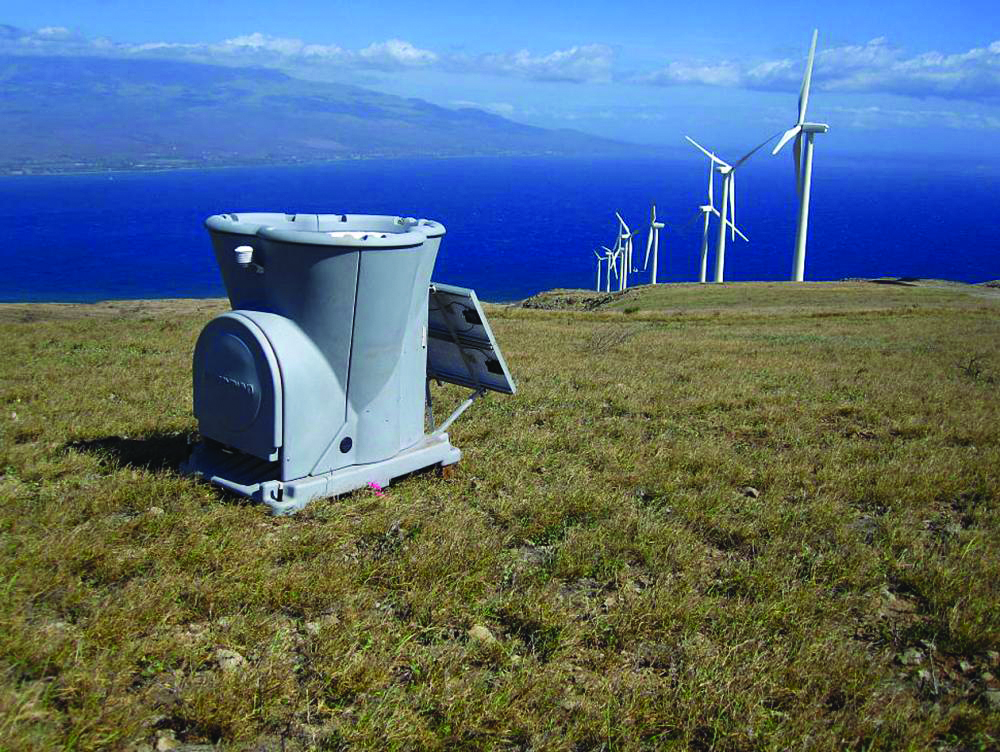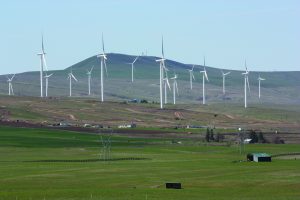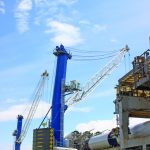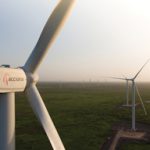Vaisala, a global leader in environmental and industrial measurement, has expanded its field support team and opened a new operations center in Birmingham, U.K., to better support service needs and requests for its Triton Wind Profiler. The expansion comes as remote sensing technology continues to be more widely adopted across a broad range of international wind energy markets. Vaisala recently shipped its 1,000th Triton to Minneapolis-based wind developer PRC Wind.
The new operations center will enable Vaisala to provide better technical support coverage around the world, particularly as Triton continues to be deployed in a number of new markets. In the past few months, units have been deployed across increasingly geographically diverse markets, including Indonesia, Iceland, Panama, China, and Japan. Each of these presents unique operational challenges and the new operations center will conduct daily monitoring of Triton fleets in these locations.
“With remote sensing units increasingly replacing met masts as developers’ preferred method of wind measurement, there’s a need to provide additional support and build out global supply chains,” said Tero Muttilainen, offering manager at Vaisala.

“Typically, a wind measurement campaign will gather 18 months’ worth of data prior to a wind farm becoming operational. Triton’s latest milestone in having collected 25 million hours of data is a testament to its increasing role in these campaigns worldwide. Building on this, our new operations center will allow us to respond quickly and efficiently to challenges in the field as they arise, with real-time support for operators deploying our units across a growing range of international markets.
“This year also marks the 10th anniversary of the Triton’s commercialization, and developing its supporting infrastructure will help further global adoption of remote sensing and enhance the growth of the wind industry worldwide,” Muttilainen said.
Triton possesses a number of practical advantages over met masts and other remote sensing systems that makes them well-suited to emerging wind markets. Many prospective sites, for instance, are located far from the power grid, in challenging terrain or in heavily forested areas. Here, Triton’s low power consumption and ability to be deployed quickly and operate effectively in restricted space makes it ideally suited for use in many areas where met towers or other remote sensors would be impractical.
However, moving into areas of complex terrain poses an additional challenge to maintaining the accuracy of the wind measurement data recorded. The effects of complex terrain on wind measurement using remote sensing devices were previously highlighted in a study produced by Vaisala and WindSim, a pioneer in computation fluid dynamics (CFD) modeling. This collaboration involved the most extensive validation of remote sensing data recorded in complex terrain to date, and explored how its effects on data accuracy can be mitigated.
Building on this collaboration, Vaisala now offers a Wind Flow Curvature Study to the degree of uncertainty in remote sensing data. The service can easily be run to order by Vaisala’s production team and can be used at any point during a wind measurement campaign to increase the accuracy of collected data.
Commenting on the receipt of the 1,000th Triton to be shipped, Jay Regnier, vice president, projects at PRC Wind said, “Triton is extremely useful to us because of its ruggedness and flexibility. We can use it to provide bankable hub-height data for use in our packages, to verify our prospecting efforts, and to cost-effectively reduce spatial and rotor height wind resource modeling errors.”
More info www.vaisala.com


































